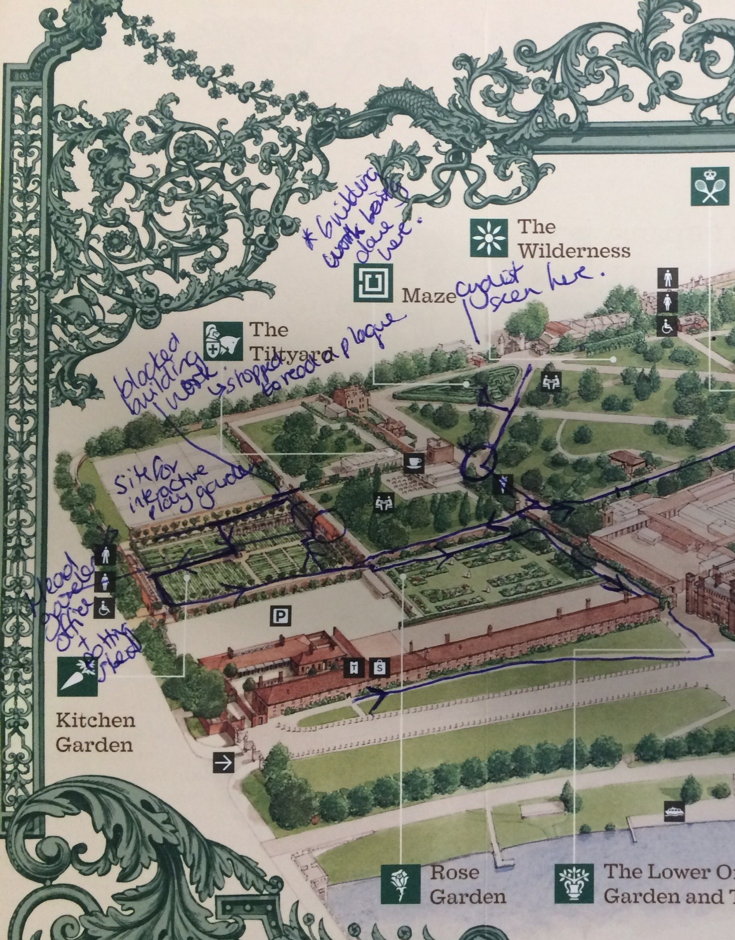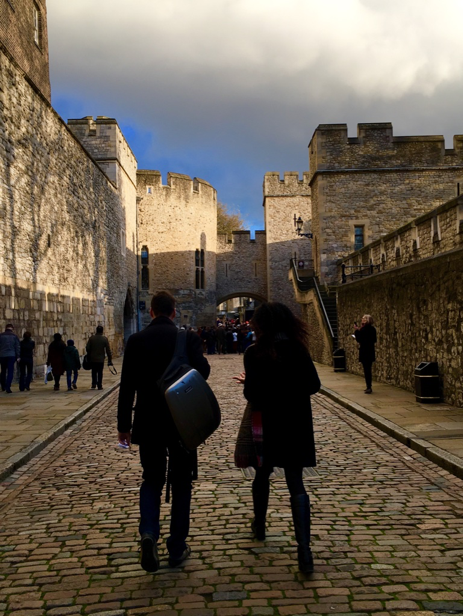Recently we worked with Historic Royal Palaces to refine the organisation of their website and also provide input into the visitor experience at their six palaces. In particular, they wanted to grow their UK-based audience outside of London, provide more user-centred programmes for schools, families and young people and engage more overall through film, television and modern online media. Naturally we agreed that an audience-first approach was the key to increasing the visit count and achieving their aims.
Historic Royal Palaces protect and maintain the historic sites of the United Kingdom. It aims to help everyone explore the story of how monarchs and people have shaped society in some of the greatest palaces ever built and create an immersive environment for all audiences. Its six key palaces include:
- The Tower of London
- Kensington Palace
- Hampton Court Palace
- Kew Palace
- Banqueting House
- Hillsborough Castle.
What we did
We started with visitor research. We interviewed them both remotely and face-to-face and also augmented this with onsite contextual research at Hampton Court Palace (a mix of observations, interviews and mystery shopping the experience – using some interesting gizmos including head-mounted eye tracking and narrative clips – see our post on mobile ethnography). With this information we augmented and extended HRP’s personas, involved stakeholders in co-design sessions and developed a new Information Architecture (IA). We then tested the structure and terminology of the new IA using card sorting and tree testing techniques. Finally we produced designs illustrating how the new IA might be realised in practice and this was tested with representative visitors.

HRP are now in the process of implementing a new structure and a new design.
We were delighted to get the opportunity to work and research at such iconic locations. Hampton Court Palace is a regal site in its own right, providing a rich and varied visitor experience. Whilst the majority of this project was focused on the digital experience, it was also a great opportunity to research and inform the physical real-world visitor experience too. An increasing number of our projects over the last few years now involve physical as well as digital experience design. In the end it’s the overall experience that counts.
Check out the detailed case study including a few graphical examples here.





